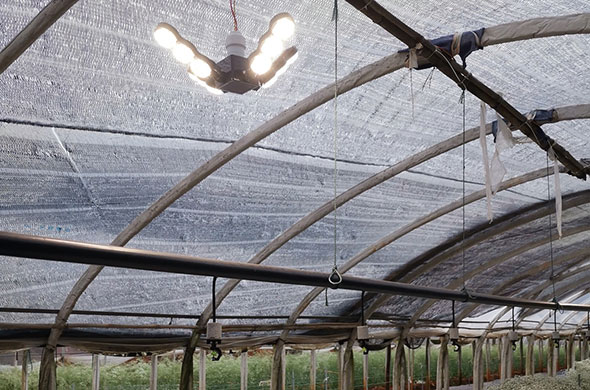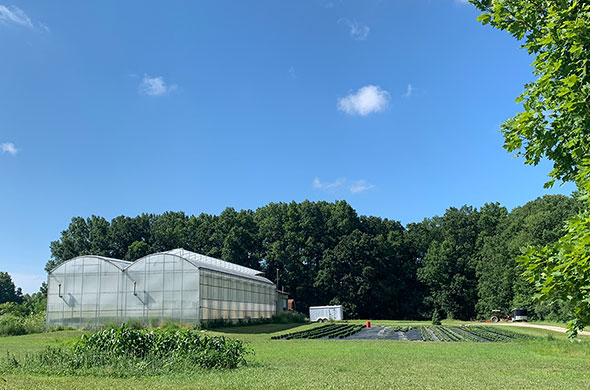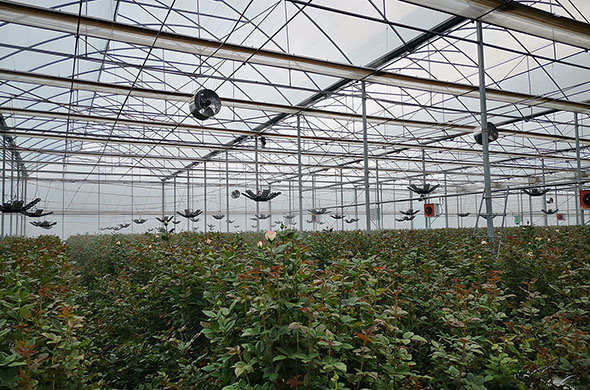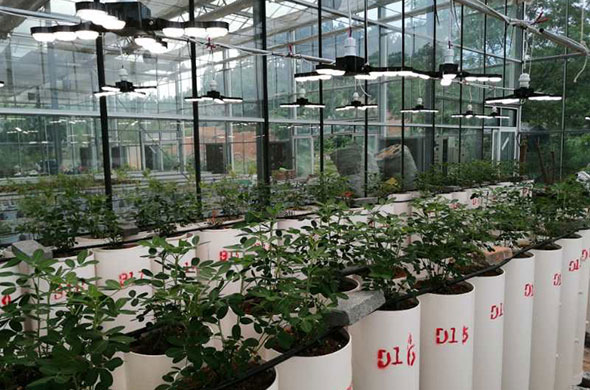Sansi LED: Sustainable LED Lighting and Integrated LED Display
Delivering premium and professional LED Display, LED Lighting, Smart City Integration solutions, trusted by over 60,000 companies worldwide everyday. From industrial lighting to commercial lighting, from outdoor advertising to XR & VR production, Sansi LED greatly improves the quality and sustainability of your business with 30 years of expert experiences.
Photosynthetic rate, as its name implies, is the physical quantity of photosynthesis speed, usually expressed by the amount of carbon dioxide absorbed per unit time in per unit leaf area. The photosynthetic rate is influenced by many factors, among them the light intensity, temperature, CO2 concentration and moisture are representative ones. This article mainly introduces the relationship between light intensity and photosynthetic rate.
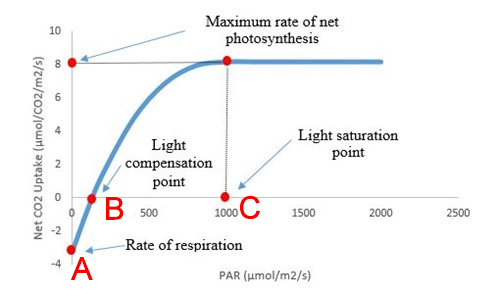
In the diagram above, point A represents the dark respiration rate, point B refers to the light compensation point, and point C means the light saturation point. The whole graph represents the changes in the photosynthetic rate due to the different light intensity. When the light intensity stays at the rate of respiration, the plants could only perform respiration and release CO2 under dark conditions. The photosynthesis rate increases with the growth of light intensity. When it reaches a certain light intensity, where the photosynthesis rate of leaf is equal to the respiration rate, then the net photosynthesis rate comes to 0, the light intensity at this time is called the light compensation point(point B). If the minimum light intensity required by the leaves is lower than the light compensation point, the plant will not grow regularly.
When the light intensity exceeds the compensation point, the leaf photosynthesis rate becomes higher than the respiration rate, then organics could be accumulated. When a certain light intensity is reached, the photosynthetic rate will no longer increase with the luminous intensity. This phenomenon is called light saturation. The light intensity at this time is called the light saturation point, which is the point C in the diagram.
Under normal circumstances, the compensation point and saturation point of plants are related to species, leaf thickness, unit leaf area, chlorophyll, etc. Therefore, when choosing supplemental light for gre enhouse plants, the plant species and growth habits should be firstly considered for greenhouse owners.
As a professional LED horticultural lighting solution provider, Sansi LED provides customizable solutions according to vertical farm lighting, indoor micro-landscape lighting, household plant lighting and other different occasions. The customized spectrum, light quality and light quantity are more pertinent and applicable, which promotes the efficient and high-quality growth of plants and achieves the effect of improving quality and yield.

